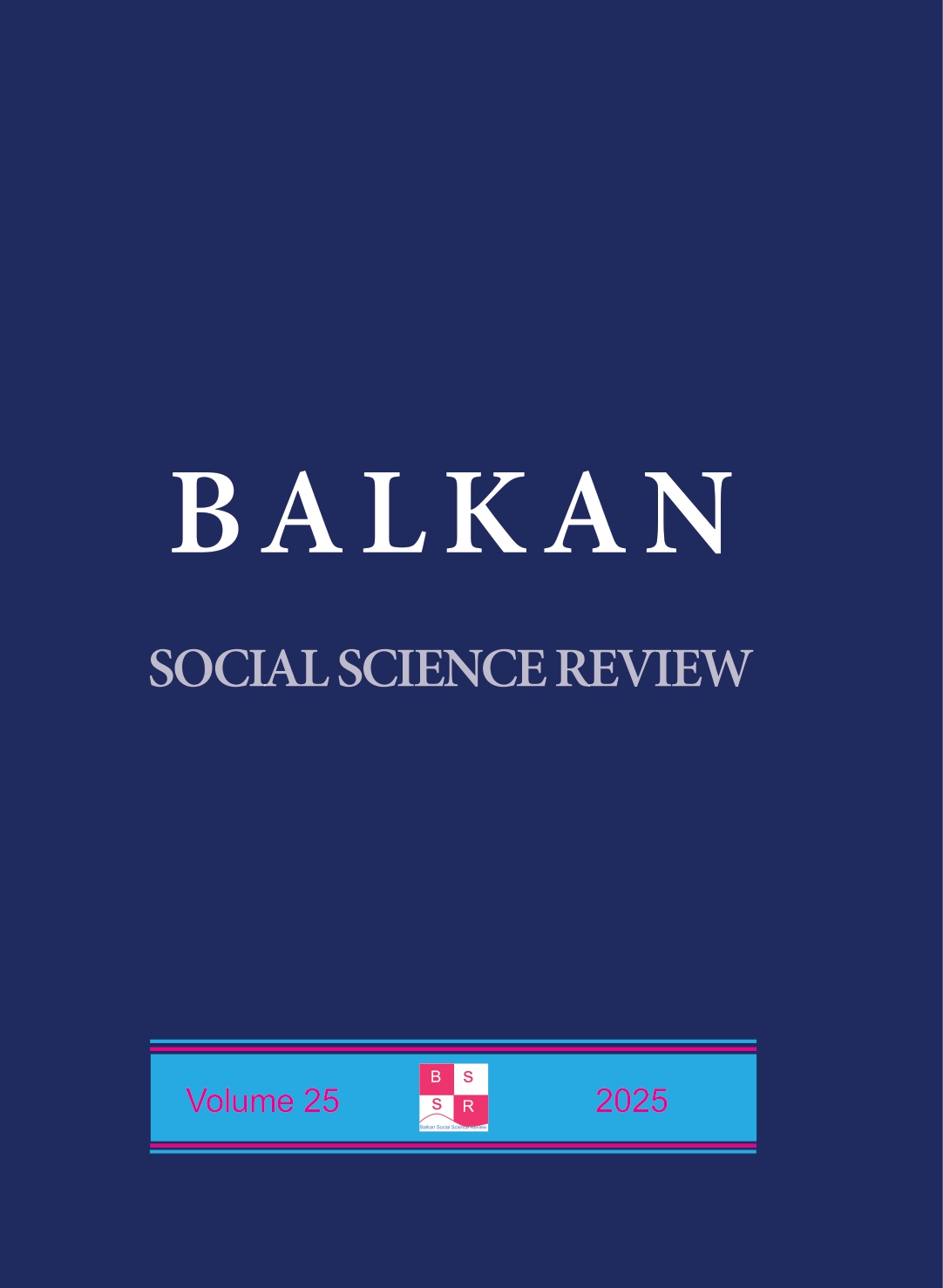THE STRUCTURE OF PRISON SENTENCING AS A MECHANISM FOR ENHANCING THE EFFECTIVENESS OF WOMEN’S RESOCIALIZATION
DOI:
https://doi.org/10.46763/BSSR252525137bAbstract
This study examines how the organization of daily activities and
leisure time in women's penitentiary institutions can enhance their
rehabilitation and preparation for reintegration into family and
societal life. The research argues that structured time management
in correctional facilities, when properly implemented by
institutional staff, serves as a crucial factor in successful
resocialization of female inmates. Through qualitative methods
including open-ended interviews with 31 incarcerated women and
expert evaluations with 40 correctional professionals, the study
identifies five primary activity domains: vocational work (weight
coefficient 0.39), peer socialization (0.26), educational
programming (0.17), family communication (0.11), and
sports/skill development (0.07). The analysis reveals significant
institutional barriers to effective rehabilitation, particularly
inadequate recreational facilities (identified as the most pressing
issue with 0.41 weight), insufficient health considerations (0.28),
and poor compliance with rehabilitation-focused legislation
(0.19). The findings demonstrate that current penitentiary
practices in Kazakhstan frequently fail to meet international
standards for female offender rehabilitation, particularly
regarding proximity to family locations and implementation of
vocational training programs. The study concludes with specific
recommendations for improving correctional programming,
emphasizing the need for enhanced educational opportunities,
family visitation policies, and structured leisure activities that
collectively support post-release social integration.
Downloads
Downloads
Published
Issue
Section
License
Permissions
Authors are expected to obtain permission from copyright holders for reproducing any illustrations, tables, figures or lengthy quotations previously published elsewhere. BSSR will not be held accountable for any copyright infringement caused by the authors.
Copyright
The content offered in the BSSR remains the intellectual property of the authors and their publishers respectively. University “Goce Delcev”- Shtip, R. Macedonia and BSSR keap the right to promote and re-publish the texts.


